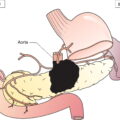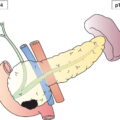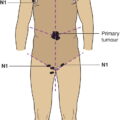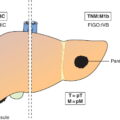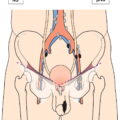The classification applies only to carcinomas of the vermilion surfaces of the lips and of the oral cavity, including those of minor salivary glands. There should be histological confirmation of the disease.
LIP AND ORAL CAVITY (ICD‐O C00, C02–06)
Rules for Classification
Anatomical Sites and Subsites
Lip* (Fig. 19)
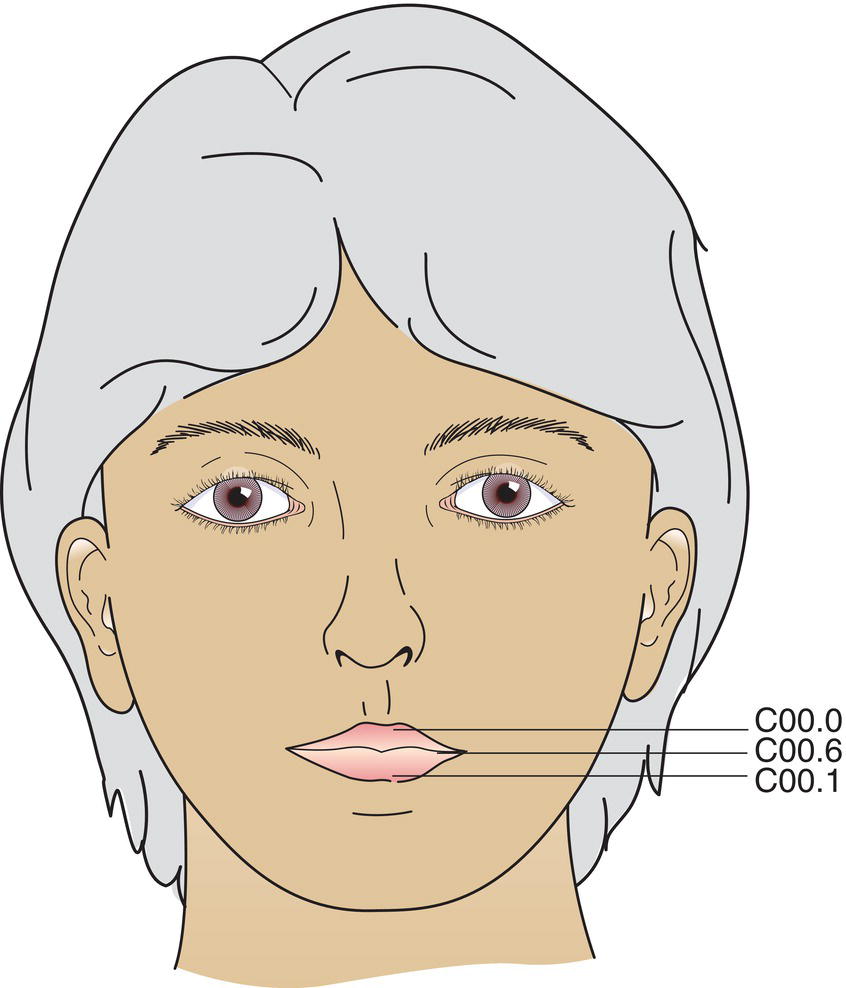
Oral Cavity (Figs. 20, 21, 22)
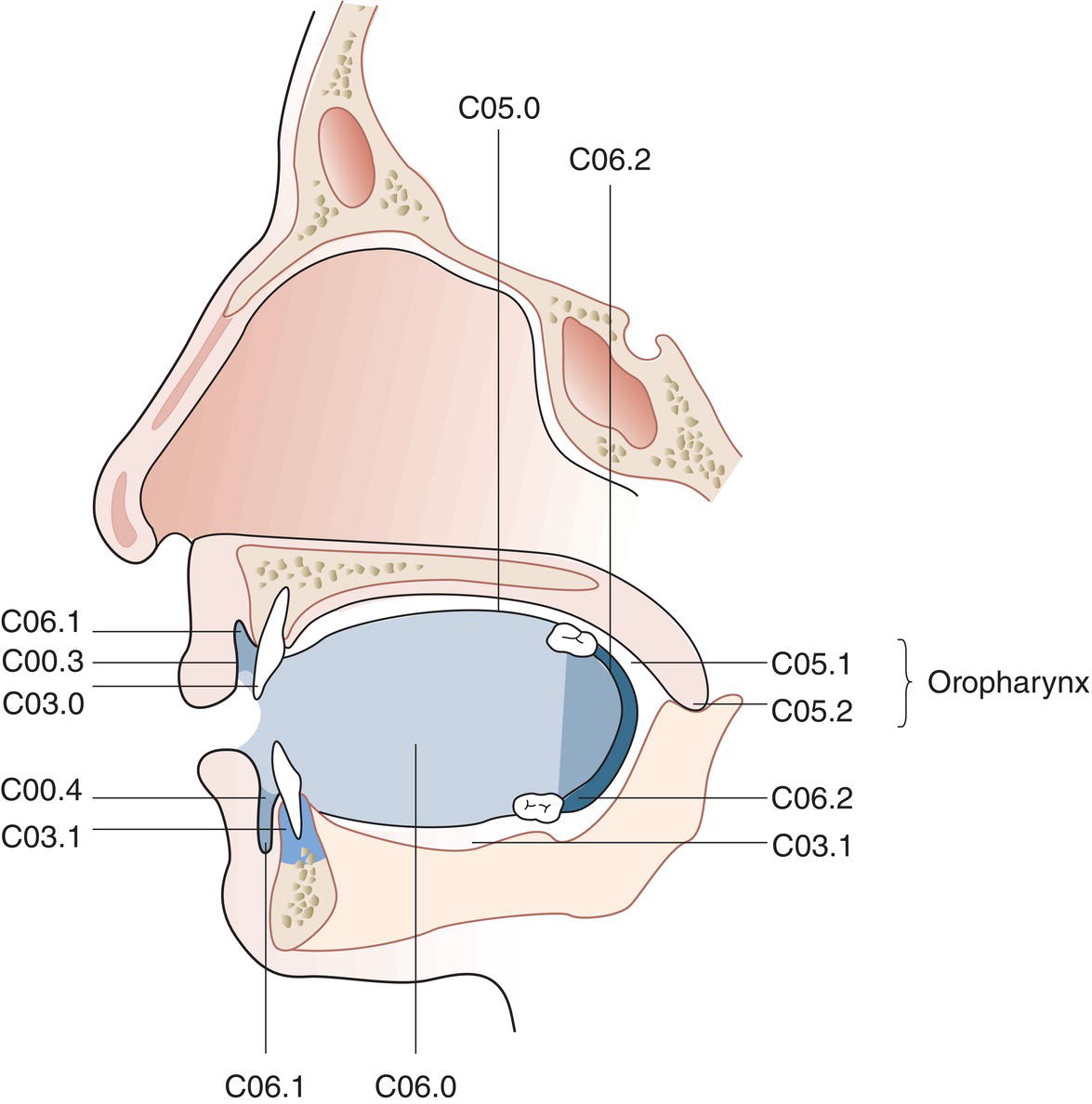
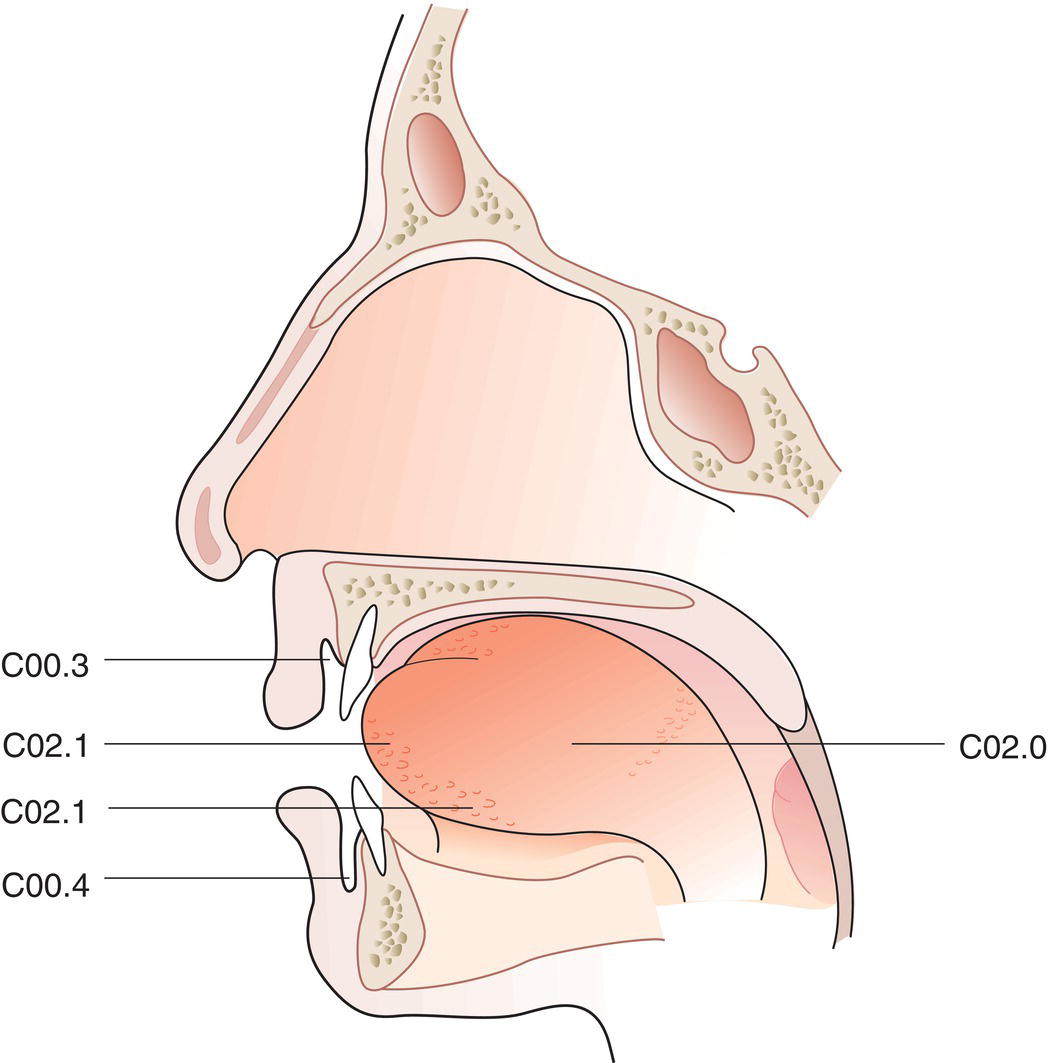
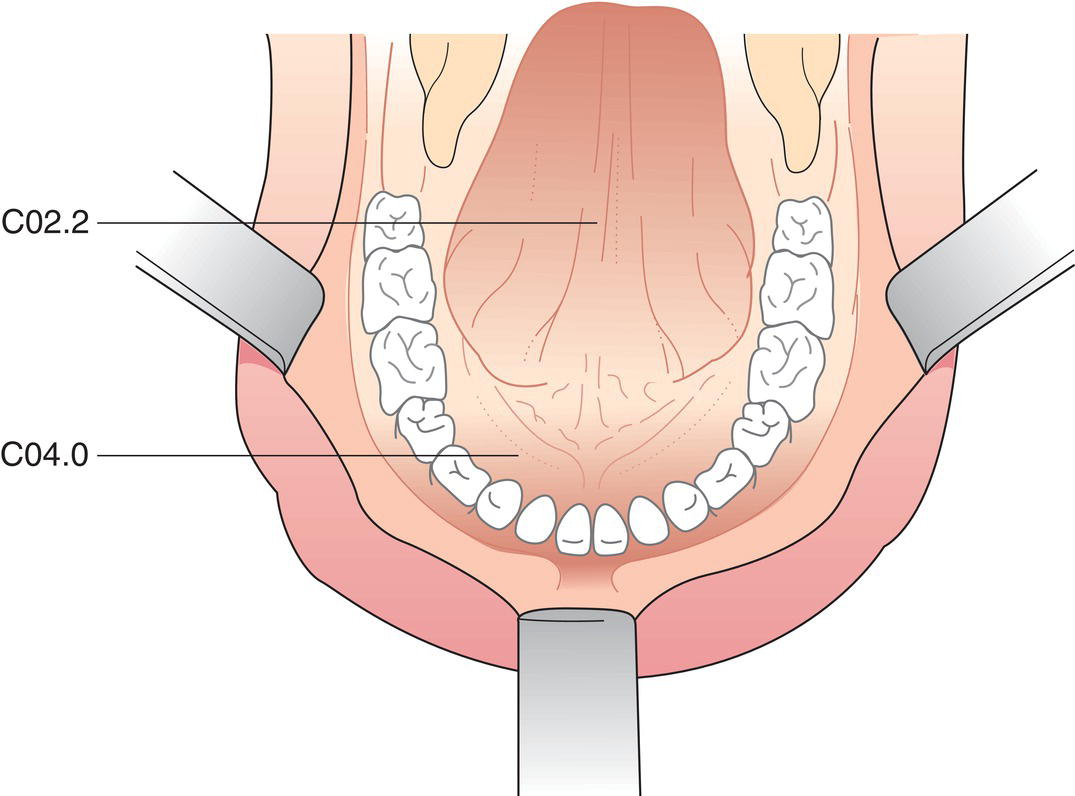
TN Clinical Classification
T – Primary Tumour
TX
Primary tumour cannot be assessed
T0
No evidence of primary tumour
Tis
Carcinoma in situ
T1
Tumour 2 cm or less in greatest dimension and 5 mm or less depth of invasion (Figs. 23, 24, 25, 26, 27)
T2
Tumour 2 cm or less in greatest dimension and more than 5 mm depth of invasion (Figs 28, 29), or ![]()
Stay updated, free articles. Join our Telegram channel

Full access? Get Clinical Tree

 Get Clinical Tree app for offline access
Get Clinical Tree app for offline access


